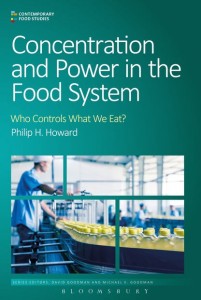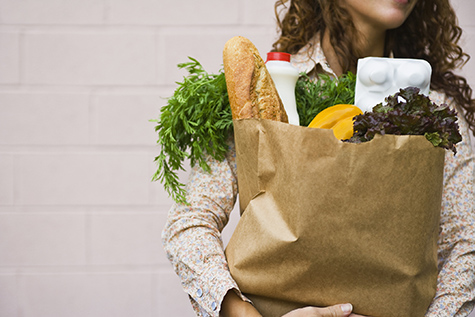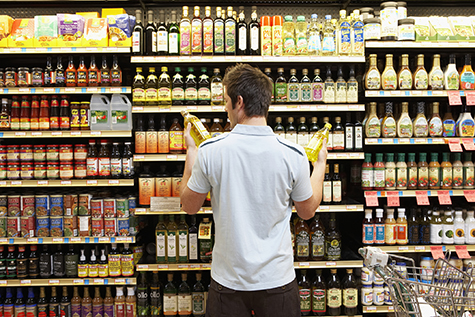Food Power: Who Controls What We Eat?

LOS ANGELES, Calif (January 30, 2018)– Over recent decades, every aspect of the food production process has become controlled by fewer and larger companies. Multinational corporations have increased their reach over the entire food system, affecting consumer choice, farmers’ incomes, workers’ wages—and intensifying our dependency on large firms for access to food. At almost every key stage of the food system, four firms alone control 40% or more of the market, a level above which these companies have the power to drive up prices for consumers and reduce their rate of innovation. Researchers have identified additional problems resulting from these trends, including negative impacts on the environment, human health, and communities.
 Philip H. Howard’s new book, Concentration and Power in the Food System, is the first comprehensive introduction to this important topic. Examining just how concentrated the system has become, the book reveals the impact of market concentration on prices, innovation, the environment, health and society. Focusing on the United States, leading expert Howard draws comparisons between key commodities—such as soybeans, pork and milk—at each major stage of the food system, covering farming, packaging, distribution and retailing. In addition, each chapter explores the strategies used by major corporations to restructure society and further increase their control.
Philip H. Howard’s new book, Concentration and Power in the Food System, is the first comprehensive introduction to this important topic. Examining just how concentrated the system has become, the book reveals the impact of market concentration on prices, innovation, the environment, health and society. Focusing on the United States, leading expert Howard draws comparisons between key commodities—such as soybeans, pork and milk—at each major stage of the food system, covering farming, packaging, distribution and retailing. In addition, each chapter explores the strategies used by major corporations to restructure society and further increase their control.
Some major topics covered in the book include:
- Monopolies do not benefit the public
- How firms manipulate prices to increase profit and sales
- How corporate takeovers and mergers impact food quality
- Examples of companies that refused to sell out
- Global perspective on the consolidation of food systems
Even though the facts are quite disheartening, there is something you, your family and friends can do to change the sad state of affairs when it comes to our food supply. Remember, you have a very powerful resource—you can vote with your pocketbook, which is the ultimate arbiter of corporate behavior. Howard ends his book with resources you can use to help you make more educated choices, including the following:
GoodGuide.com, which is also available as an app, has a database covering 75,000 products. You can take a picture of a barcode or type in the product name and get a score for the company’s environmental, social and health impact, compared to other products in that category. It’ll also provide ownership information, so you can see which parent company you’re actually supporting with your purchase.
Buycott.com has both a website and an app that allow you to vote with your wallet by learning a product’s history and ownership, and avoid companies that are being boycotted for various reasons, such as those using chocolate produced by child slaves, or those using genetically modified ingredients.
If you’d like to learn more, watch as renowned alternative medicine proponent and osteopathic physician, Dr. Joseph Mercola, interview Phil Howard About Concentration and Power in the Food System.

